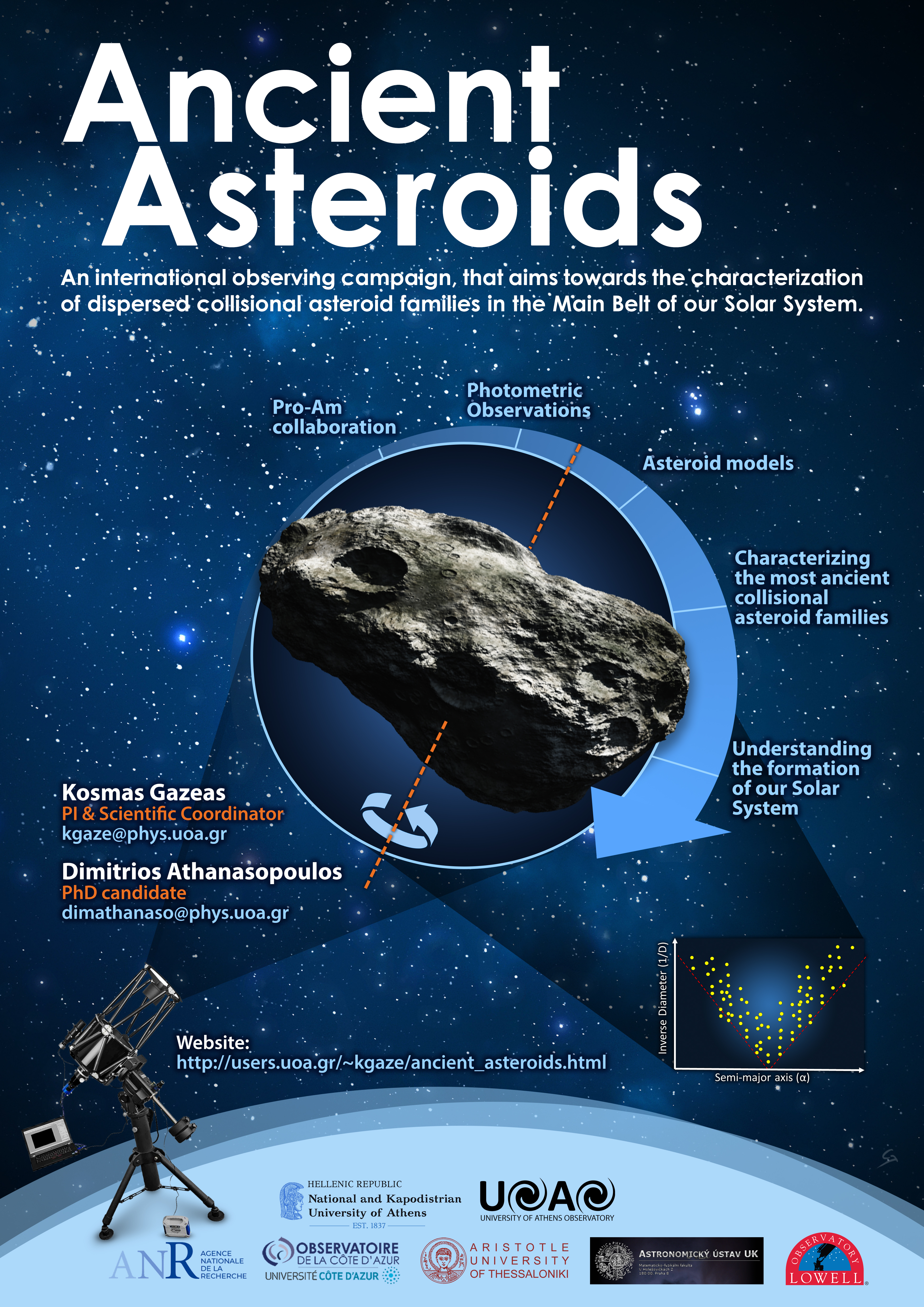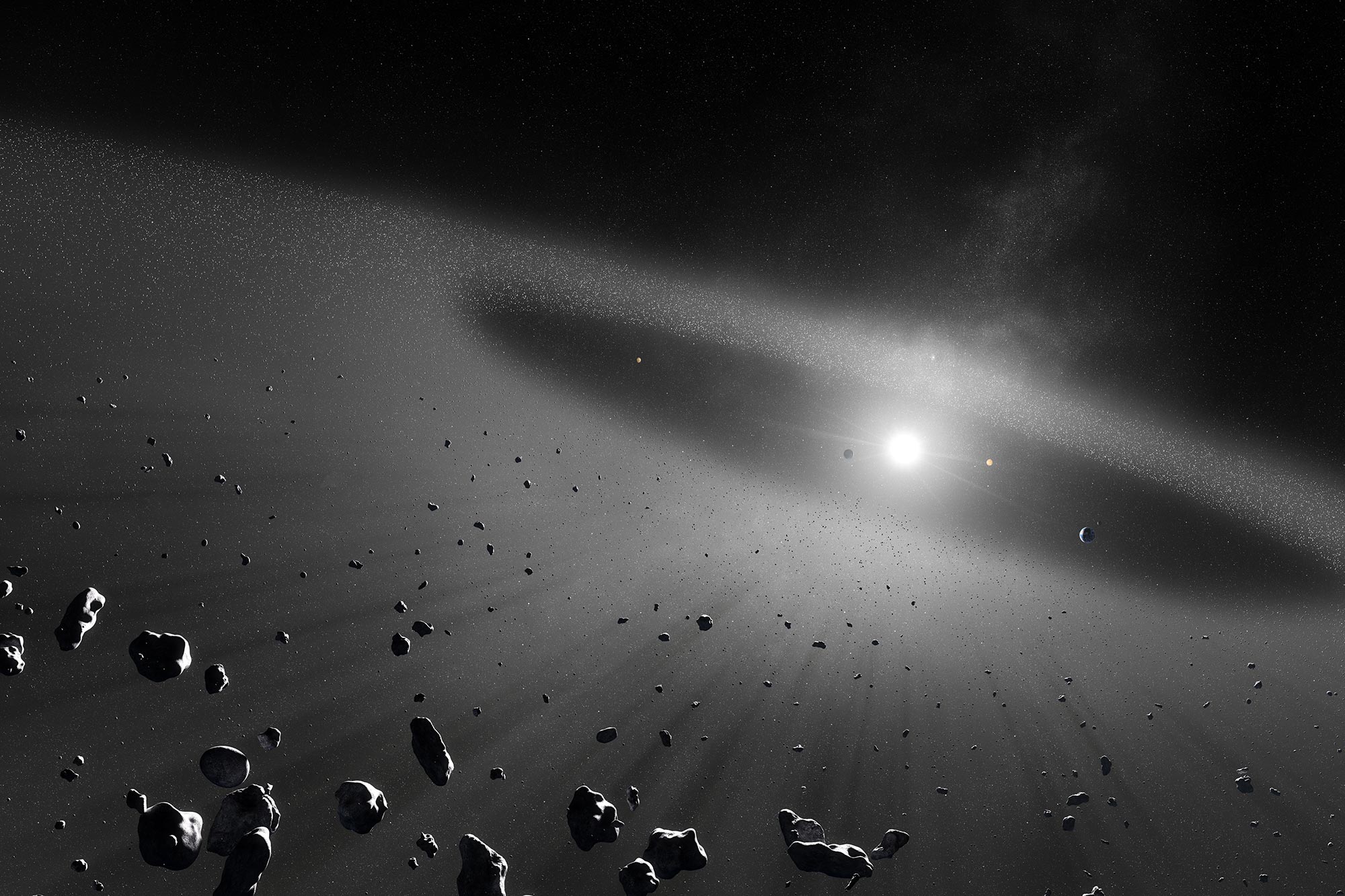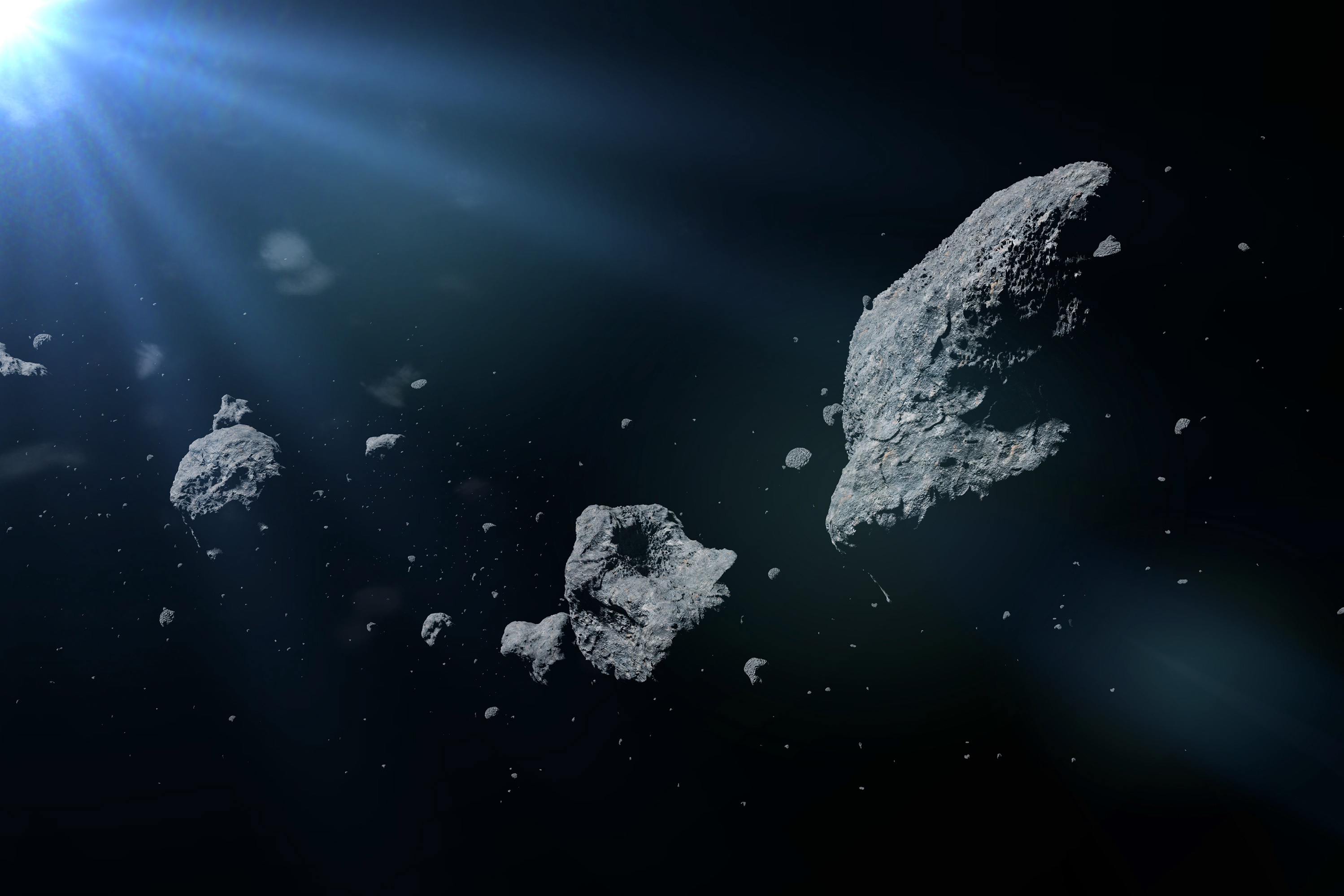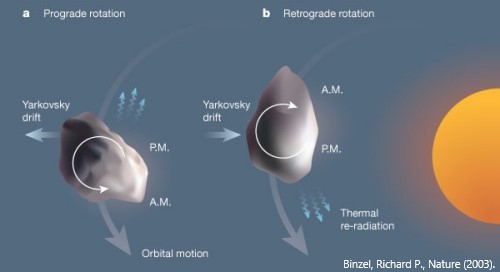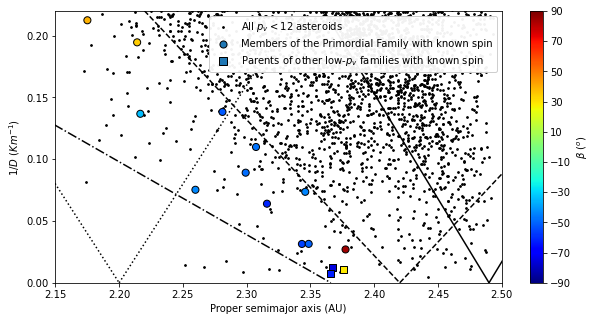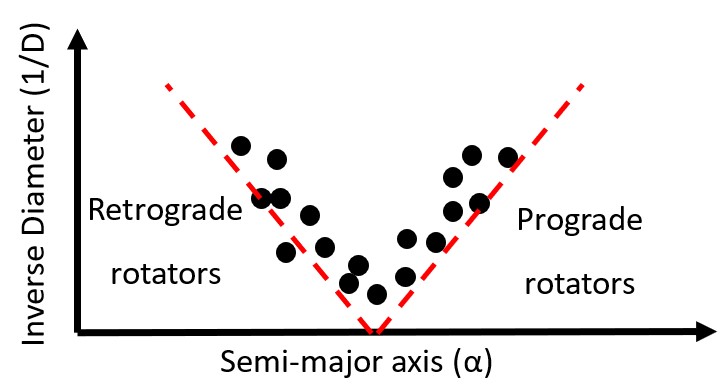Asteroids
Asteroids are minor planets of the inner Solar System, including those co-orbitals with Jupiter. They have irregular shapes with sizes between a few meters and several hundred kilometers and are diverse in composition. The large asteroids (with diameter larger than 50-100 km) are the most likely to be "pristine", because they were not generated in large numbers in collisional breakup events of larger parent bodies. For this reason, they are considered as planetesimals remained relatively unchanged since their formation. Some asteroids belong to asteroid families, that came from larger parent bodies which were shattered in past collisions with other bodies. The collisional process drives the re-accumulation of the fragments to form rubble piles, asteroids consisting of numerous pieces of boulders and rocks that have coalesced under the influence of gravity.
